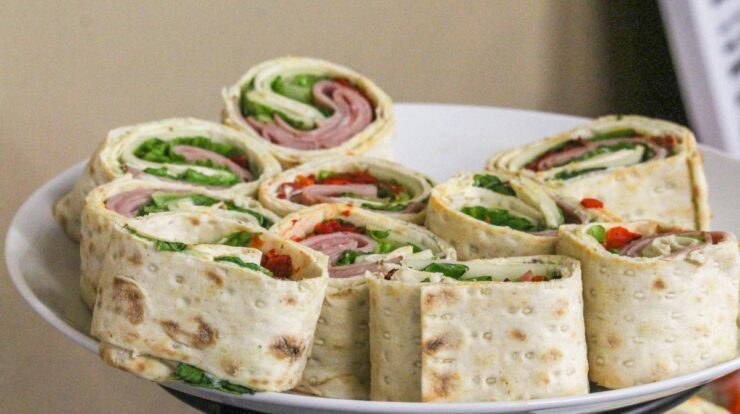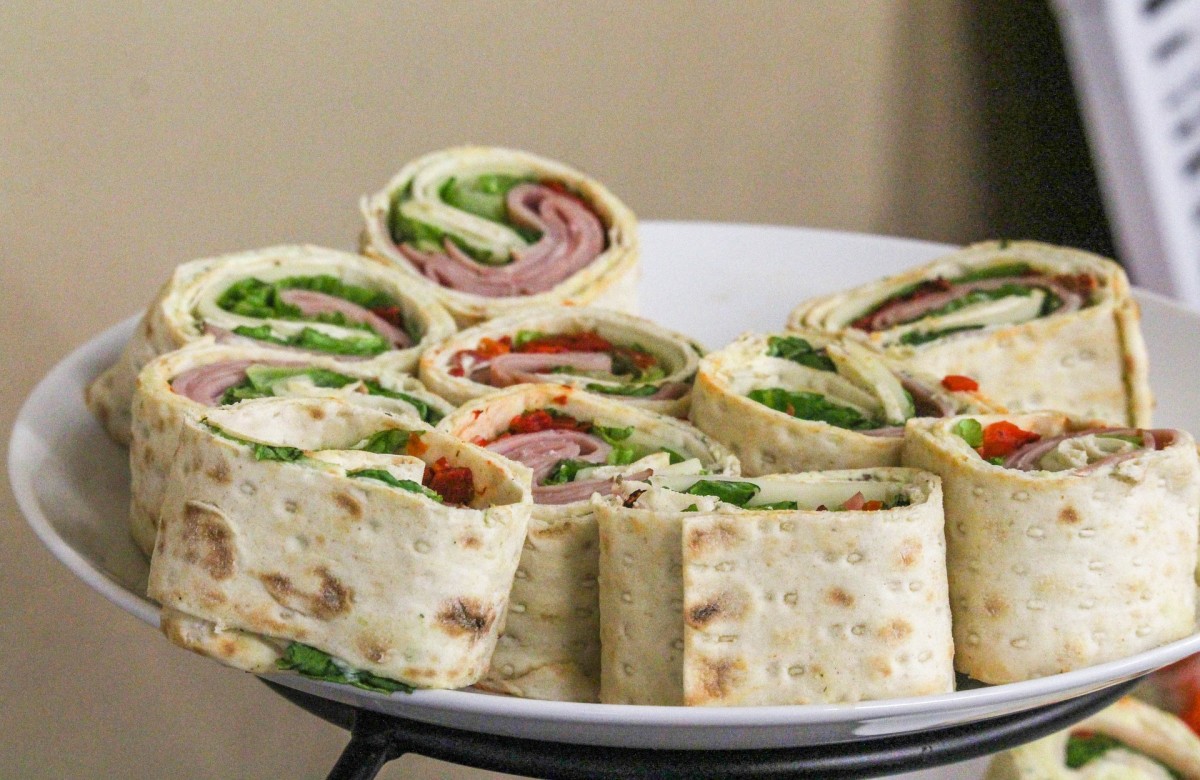
Wrap definition – In the realm of language, the term “wrap” holds a multifaceted meaning, encompassing both noun and verb forms. This multifaceted nature extends to its diverse applications, ranging from food preservation to fashion statements.
As a noun, “wrap” denotes a flexible material used to envelop or enclose an object, providing protection, concealment, or decoration. In contrast, as a verb, “wrap” signifies the act of enveloping or enclosing something within a material, often with the intention of securing or protecting it.
Wrap Definition
The term “wrap” holds diverse meanings, both as a noun and a verb. As a noun, it denotes a material used to envelop or cover something. It can refer to a thin, flexible sheet of paper, plastic, or fabric, often employed for packaging, protection, or decoration.
As a verb, “wrap” describes the action of enclosing or covering something with a wrapping material. It implies the act of enveloping or securing an object by folding, twisting, or binding the wrapping material around it.
Types of Wraps

Food Wraps
- Plastic wrap: A thin, transparent film made from polyethylene or polyvinyl chloride, used to preserve the freshness and moisture of food.
- Aluminum foil: A thin, pliable sheet of aluminum, often used for cooking, grilling, and storing food due to its heat-resistant and moisture-barrier properties.
- Wax paper: A paper coated with a thin layer of wax, primarily used for wrapping sandwiches, pastries, and other food items to prevent sticking.
Clothing Wraps
- Scarf: A long, narrow piece of fabric worn around the neck or head for warmth, style, or religious significance.
- Shawl: A large, rectangular piece of fabric worn over the shoulders or head, often used as a wrap or cover.
- Pashmina: A soft, luxurious wrap made from fine cashmere or wool, typically worn for warmth and elegance.
Packaging Wraps
- Gift wrap: Decorative paper used to wrap gifts, often featuring colorful designs and patterns.
- Tissue paper: Thin, lightweight paper used for wrapping delicate items or filling gift boxes.
- Bubble wrap: A plastic film filled with air bubbles, used to protect fragile items during shipping.
Functions of Wraps: Wrap Definition
Protective Function
Wraps serve a crucial protective function, safeguarding items from external elements and potential damage. Food wraps prevent food from drying out, absorbing moisture, or becoming contaminated. Clothing wraps provide warmth, protect from the cold, and shield against wind and rain.
Packaging wraps offer cushioning and protection during transportation, minimizing the risk of breakage or damage.
Decorative Function, Wrap definition
Beyond their protective role, wraps also fulfill a decorative function. Gift wraps enhance the presentation of gifts, adding an element of surprise and excitement. Clothing wraps, such as scarves and shawls, add style and elegance to an outfit. Decorative wraps can also convey messages or represent cultural traditions.
Final Wrap-Up

In conclusion, the concept of “wrap” encompasses a wide range of meanings and applications, serving diverse purposes across various domains. From its protective function in food preservation to its decorative role in fashion, wraps continue to play an integral part in our daily lives, reflecting both their practicality and aesthetic appeal.
Commonly Asked Questions
What is the primary function of a wrap?
The primary function of a wrap is to provide protection and preservation to the item it encloses.
How are wraps used in different cultures?
Wraps have significant cultural significance, with traditional and modern wraps used for ceremonial, religious, and fashion purposes.
Can wraps be used creatively?
Yes, wraps can be used creatively in art, design, and everyday life, providing unique and innovative solutions.